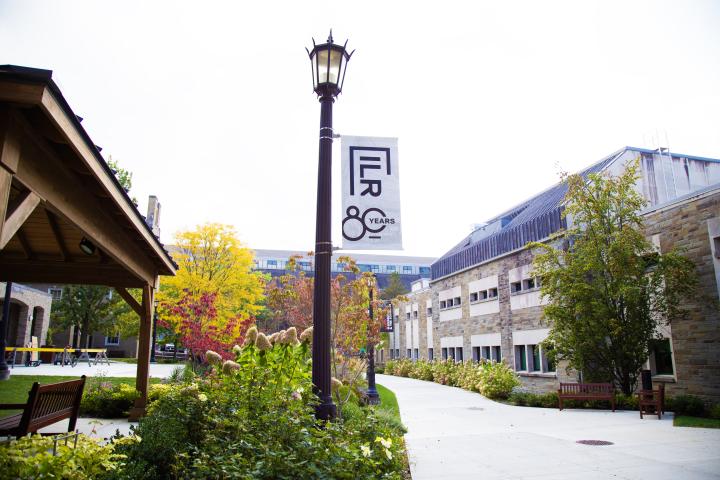Election Day Barriers
Today, polls across America will be open – not for everyone, though.
Some voters with disabilities will not exercise the right to vote – constitutionally guaranteed for U.S. citizens – because some voting booths are inaccessible.
"Voting equality has been a long-fought struggle for people with disabilities,"
Said Wendy Strobel Gower, director of the Northeast Americans with Disabilities Act Center located at ILR's Employment and Disability Institute.
"Often, polling places are not accessible; some people with disabilities can't even get into the buildings to vote," she said in an interview.
"When they can get in, they often can't use the voting tools provided and poll workers have to help them cast a ballot. This takes away their right to vote confidentially."
According to a study conducted by Rutgers University professors Lisa Schur and Douglas Kruse and Syracuse University professor Meera Adya, the 2012 voter turnout rate of people with disabilities was 5.7 percent less than for people without disabilities.
Thirty percent of voters with disabilities reported having difficulty voting at a polling place, per the same study.
Eight percent of voters without disabilities had difficulty voting.
Across the country, disability advocates are fighting back against what they consider a breach of Title II of the Americans with Disabilities Act, which requires that all state and local governments ensure "program access."
Under Title II, all programs, including voting, must be accessible and usable for people with disabilities.
The Northeast ADA Center at ILR has assembled a fact sheet, available in English and Spanish, to help voters with disabilities understand their rights.
The Center for Disability Rights is starting the New York Disability Vote Network, Gower said. It is designed to build and unify the disability voting bloc, so that people with disabilities can enact positive changes on a state level.
"Across the state and elsewhere in the nation, there are pockets of equal accessibility," she said. "But, there is a long way to go."


